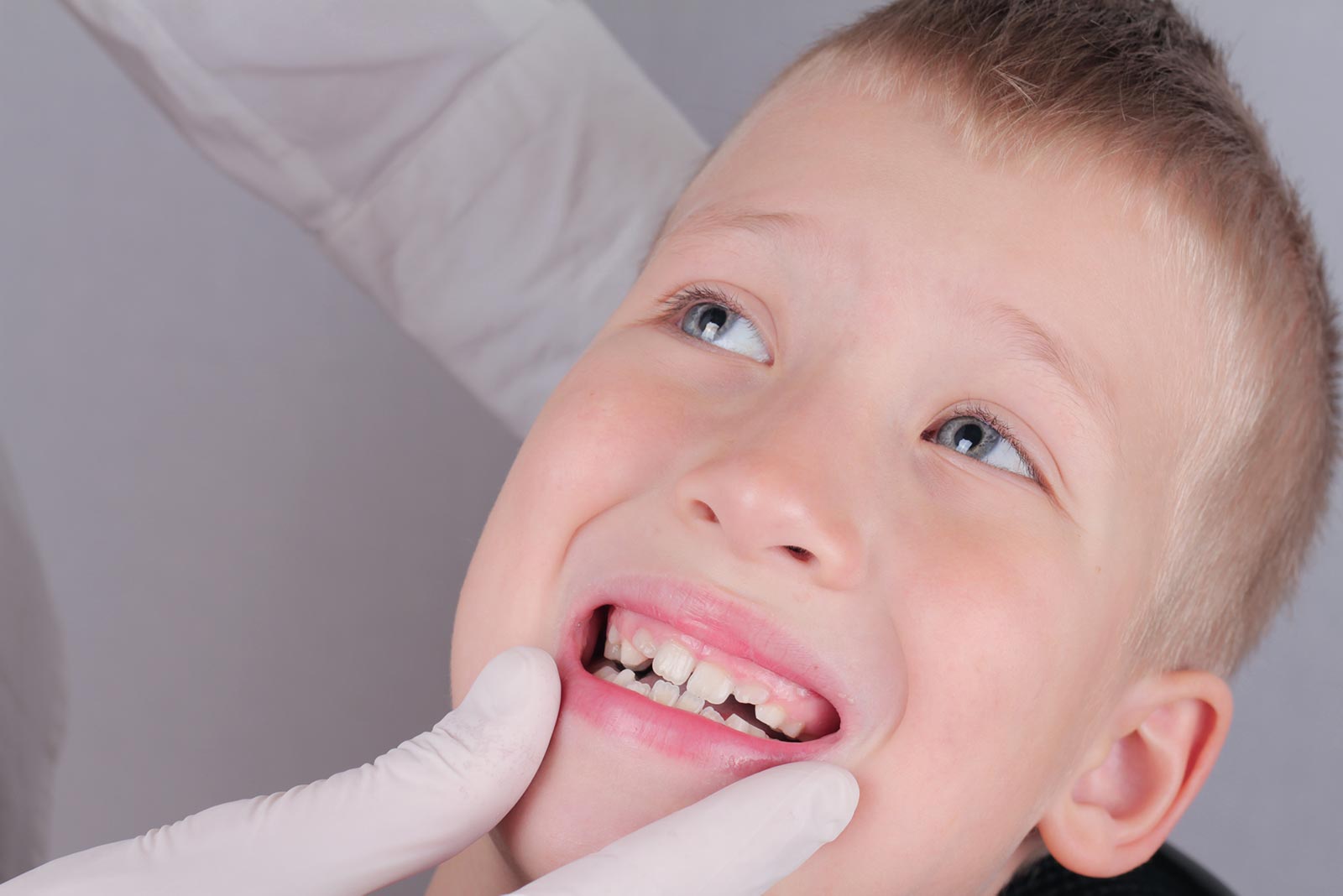Farr West Orthodontics News
Are Kids Getting Braces Earlier Than They Used To?
| August 15, 2018 6:21 pm | Category: Orthodontics Questions
Every so often we hear questions like this, “My neighbor’s 8 year old daughter just got braces put on. Do I need to bring my 8 year old in? Are kids getting braces earlier than they used to?” In this article we will discuss why kids get braces and other orthodontic appliances at an early age. We will also discuss the right time to bring your child in for their first orthodontic examination
Usually when you see a child under the age of 10 or 11 with braces on it is considered an interceptive phase of treatment or phase I treatment. The object of these early treatments are to prevent or intercept a potential, larger future problem now. This allows the permanent teeth to erupt properly or to correct a problem with the bite. Some bite problems treated before the age of 10 can prevent future extraction of permanent teeth or in the most severe cases jaw surgery. Additionally, many early treatments are performed to prevent damaging permanent teeth due to them erupting in an incorrect position.
Dr. Richards loves when these early treatments prevent comprehensive orthodontic treatment later on as a teenager. However, most of these early phase I treatments will require a second phase of treatment. When a second phase is necessary it is typically much faster and more predictable due to the previously completed orthodontic treatment.
The American Association of Orthodontists (AAO) recommends that a child’s first visit to an orthodontist be at age 7. This being said, most children do not need two phases of orthodontic treatment. Those that don’t need treatment will be asked to return every 6 months for complimentary growth and development checks where Dr. Michael R. Richards and the Farr West Orthodontic team will keep their eye out for potential problems. These visits are fun for your child, they begin earning brace bucks, and get them comfortable in our office.
Here is list of problems that should we look for in younger children:
- Severe crowding
- Severe spacing
- Missing or extra teeth
- Permanent teeth not erupting
- Cross bites
- Habits, such as thumb sucking
- Underbites, severe overbites
- Teeth not overlapping, open bites
For more information please check out what the American Association of Orthodontists has to say about what to look for in kids.
http://parents-guide.aaoinfo.org/parent-s-guide-post/what-parents-should-look-for/


